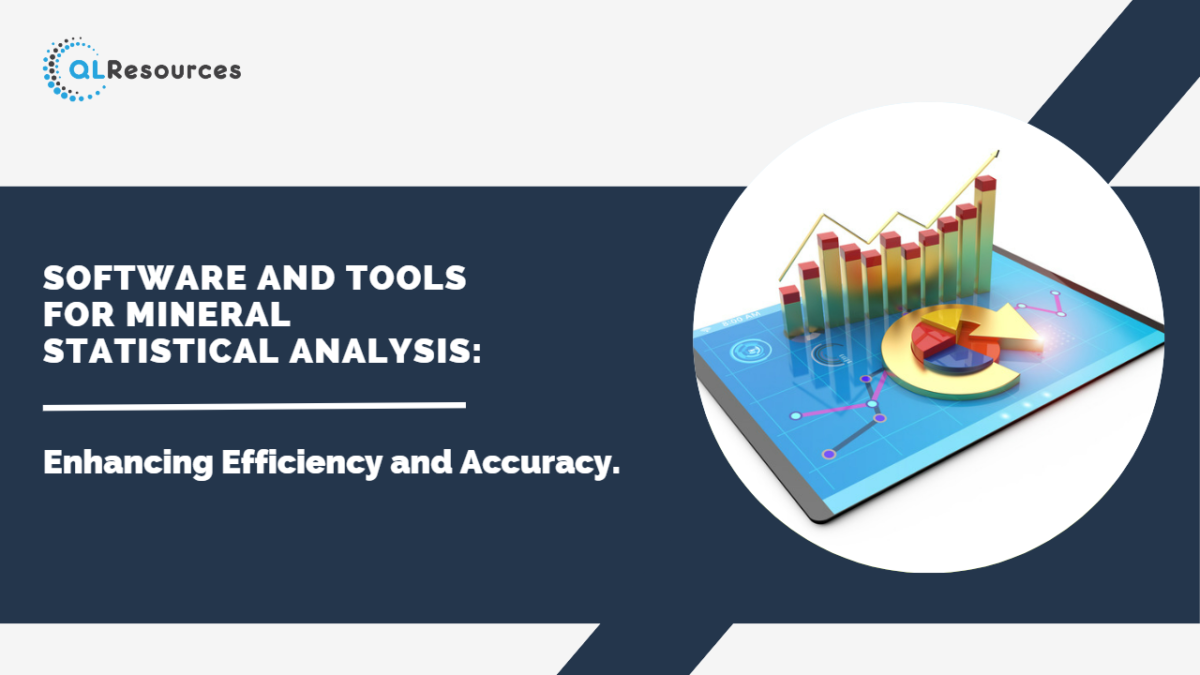Block modelling and estimation are crucial processes in the mining industry for assessing the mineral resource potential of a deposit. With advancements in software tools and technology, mining professionals have access to a range of solutions to facilitate block modelling and estimation tasks. In this blog post, we will evaluate different software tools and technologies used in block modelling and estimation, highlighting their features, benefits, and considerations for mining professionals.
Geological Modelling Software:
Geological modelling software provides a platform for creating 3D representations of the subsurface geological structures and mineralisation zones. These tools allow mining professionals to visualise and interpret geological data, including drill hole data, geophysical surveys, and geological mapping. They offer features for constructing geological models, defining lithological and mineralogical domains, and integrating various data sources for accurate representation of the deposit. Some popular geological modelling software solutions include Surpac, Leapfrog, and Datamine.
Geostatistical Software:
Geostatistical software is designed to analyse and model spatial data, such as grade distribution and variograms, for estimation purposes. These tools apply statistical techniques to determine spatial correlations and derive estimates for unsampled areas. Geostatistical software often includes features for variogram modeling, kriging interpolation, simulation, and uncertainty analysis. Commonly used geostatistical software solutions include Isatis, GSLIB, and Geoestat.
Mine Planning and Design Software:
Mine planning and design software solutions integrate block modelling and estimation functionalities with mine planning workflows. These tools enable mining professionals to optimise mine design, sequencing, and production scheduling based on block model information. They provide features for pit optimisation, haulage simulation, cut-off grade analysis, and financial evaluation. Popular mine planning and design software solutions include MineSight, Deswik, and Maptek Vulcan.
Data Visualisation and Analytics Tools:
Data visualisation and analytics tools assist in interpreting and analysing block model data. These tools allow mining professionals to generate visual representations of block model attributes, such as grade distribution, mineral resource classification, and spatial relationships. They often include advanced visualisation features, such as 3D rendering, contouring, and cross-sectional analysis. Data visualisation and analytics tools, like Tableau, Power BI, and R, enable users to gain insights and make data-driven decisions based on the block model data.
Cloud-Based Solutions:
Cloud-based solutions have gained popularity in recent years due to their scalability, accessibility, and collaboration capabilities. Cloud-based platforms offer block modelling and estimation functionalities as web-based applications, allowing users to access and work on their models from anywhere with an internet connection. These solutions provide the flexibility to scale resources as needed, reducing the need for hardware investments and maintenance. Examples of cloud-based solutions for block modelling and estimation include Leapfrog EDGE, Datamine Studio OP, and Surpac Web.
Considerations for Selecting Software Tools:
User Experience and Interface: Evaluate the usability and intuitiveness of the software tools, considering the skill level and preferences of the users.
Data Integration and Compatibility: Consider the ability of the software tools to integrate with various data sources, formats, and mining software ecosystems used in your organisation.
Computational Power and Performance: Assess the computational requirements of the software tools and ensure they align with the available hardware resources.
Training and Support: Look for software vendors that offer comprehensive training resources, technical support, and regular software updates to assist users in utilising the tools effectively.
Cost and Licensing: Consider the cost structures, licensing options, and scalability of the software tools to align with your budget and organisational needs.
Conclusion:
Block modelling and estimation are critical components of the mining industry, and selecting the right software tools and technology is essential for accurate resource assessment and mine planning. Geological modelling software, geostatistical software, mine planning and design software, data visualisation and analytics tools, and cloud-based solutions offer a range of features and functionalities to facilitate block modelling and estimation tasks. By evaluating different software solutions based on factors such as user experience, data integration, performance, training, and cost, mining professionals can choose the most suitable tools to enhance their block modelling and estimation workflows and drive efficient and accurate resource assessments.
